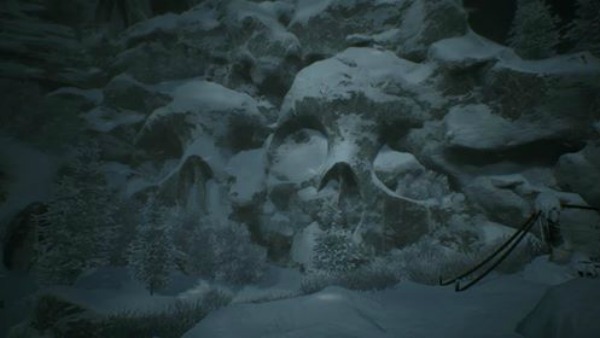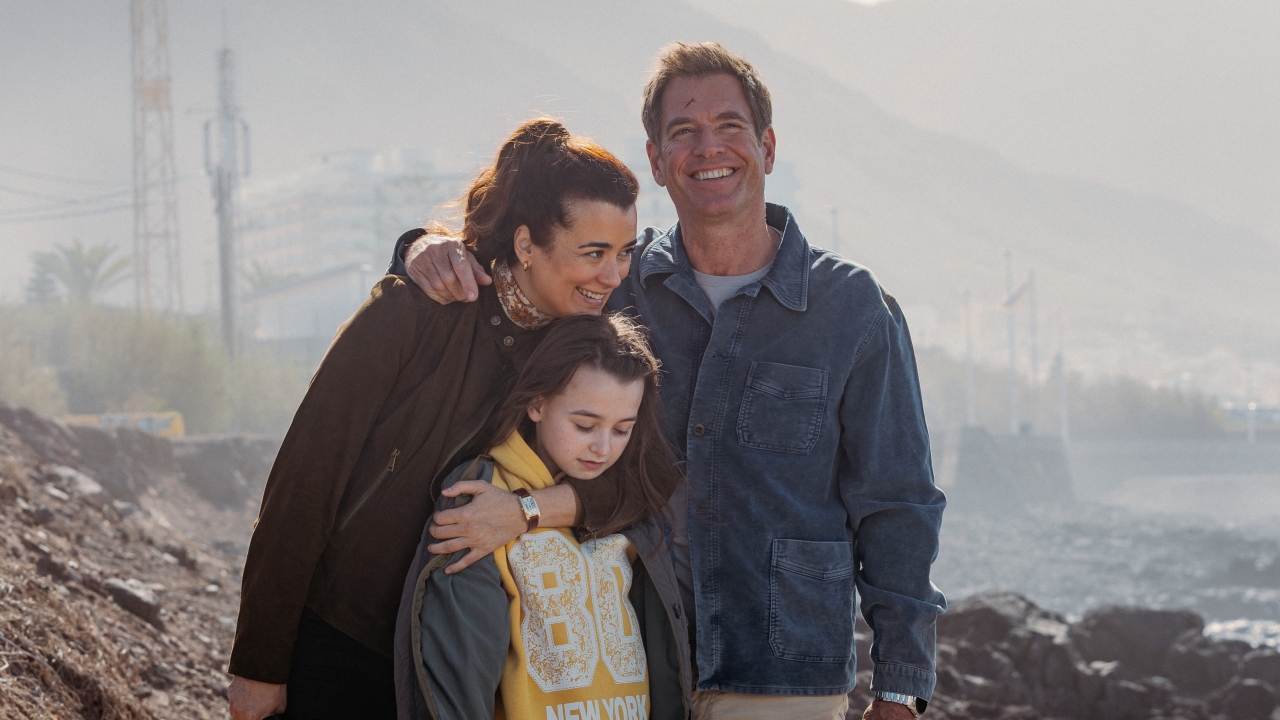Kholat Review: A Chilling Adventure To Uncover Frozen Secrets

Kholat is an in-depth game built on the strong idea of exploration. The story plays off of one of history’s most gruesome happenings, the story of the Dyatlov Pass Incident. And while the atmosphere was absolutely stunning, the gameplay was a little puzzling.
When I first started Kholat, I understood it as a game very heavily based on exploration, meaning the development team expected me to explore in order to figure out the game rather than have the game tell me how to play. It made me feel very naked and defenseless, so vulnerable in an unknown setting with no information going in. I had no idea where I was or what my objective was. Playing Kholat made me realize how spoiled Ubisoft games like Far Cry Primal and The Division made me, with their beautifully-laid out objective indicators and clear-cut maps. I had never felt so alone.
After wandering around, trying all the doors and every pathway I could find, I quickly realized this game isn’t as open-world as it may seem at first. There are very obvious barriers to where you aren’t supposed to go, usually marked with mountains, fallen trees or rocks you can’t jump over. So at that point, I understood the game a little better. I felt a little like I was feeling around the wall in a dark room for some sort of opening to escape, and I had finally found that path that led me out to an open area. And there’s always an audio indication that you are heading towards something, like a cut scene or some strange happening. Check out the trailer below.
It’s here where you find a tent with a flashlight, a map and a compass. And this is where things start to get weird. The map, though detailed with the mountain structures and marked with locations of where you had strange experiences, does not show where you are currently. It only shows the directions in degrees which you can use to get your location from the compass. As many other fans have boisterously expressed online, this wasn’t my favorite option for getting around. It made gameplay that much more difficult to enjoy. I tried studying how to read a compass, but the thing is that doesn’t do me any good if I can’t read the degree notches on the compass in-game. The compass is also very difficult to see, too. So I don’t exactly understand the point of the difficulty of using the compass. That just makes gameplay not as fun, in my opinion.
But, after playing and having some help from outside sources, I started to pick up a strategy. Around the map, you fill find places marked with directions, like 54N, 32E or something like that, on a rock. I quickly learned (and I hope it’s correct) that this is a marking to show where you are on the map. Sure, there’s a lot of guesswork as to where you are going, but finding those directions really helps. And then, I saw the markings on the map for each “objective” I was supposed to find on the map. Suddenly, things were coming together.
I also need to take a minute to wholly congratulate the sound designer and the composer, Arkadiusz Reikowski. The sound was pretty stunning in the game and made the horror and the dreaded feeling in the pit of my stomach that much more elevated. I firmly believe that one of the most important aspects of horror games is the sound, especially when it’s as atmospheric as Kholat.
Overall, my experience with Kholat was a positive one. What was great about Kholat was that it didn’t have to rely on cheap jump scares to get a reaction from the player. While the gameplay mechanics are perplexing at times and sometimes frustrating, the beauty of the game, the sound design and the subtle, atmospheric horror are all things that bring me back to my survival horror days playing Silent Hill, and any game who can come close to capturing that kind of fear is a plus in my book.
Your Daily Blend of Entertainment News
This review based on a PS4 copy of the game provided by the publisher.
Players: 1
Platforms: PC, PS4
Developer: IMGN.PRO
Publisher: IMGN.PRO
ESRB: T
Rating:

